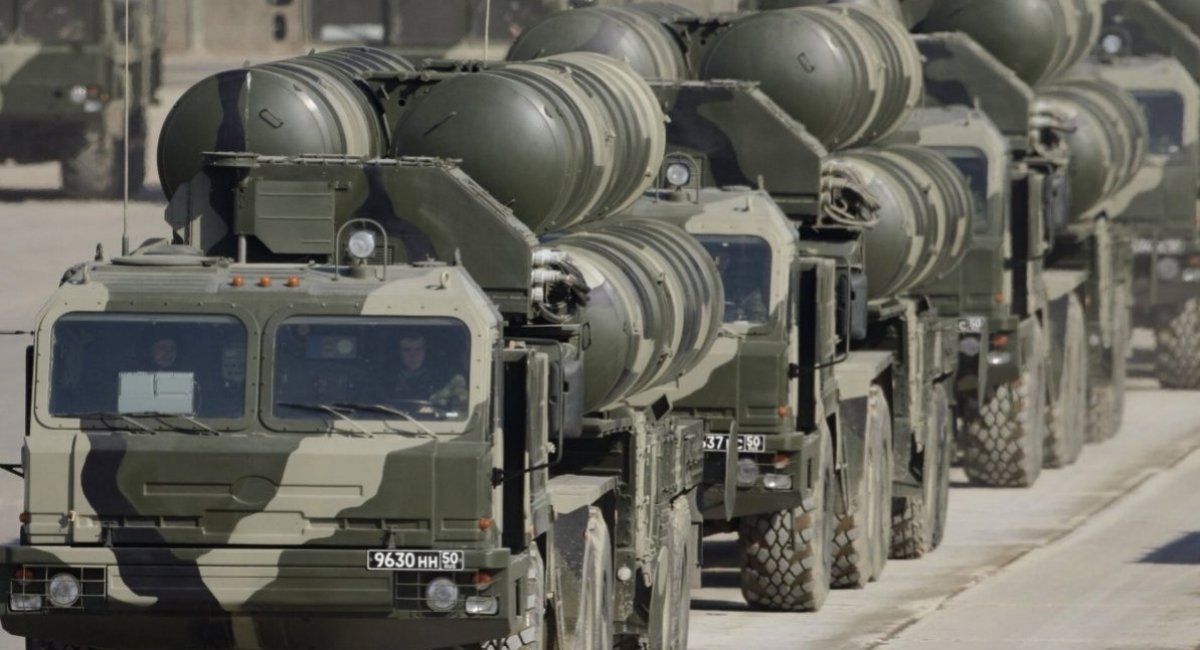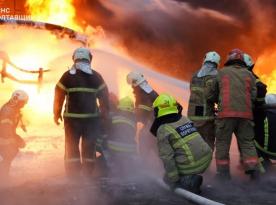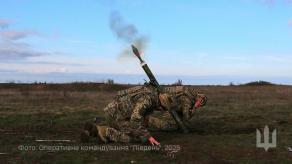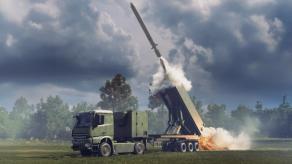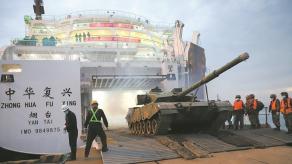As Ukraine ramps up production of long-range strike weapons, its campaign against strategic targets inside russia continues to gain momentum. The strikes have primarily focused on systematically destroying russian oil refineriesб vital to the Kremlin's military logistics, but have also extended to factories involved in arms production.
In response, russian forces are urgently reinforcing their air defense network, attempting to adapt to Ukraine's tactics by deploying anti-aircraft drones, mobile fire teams, and even repurposed Yak-52 aircraft for interception. Despite these efforts, evidence suggests that only a few areas within russia have achieved a dense, layered air defense capable of withstanding Ukrainian strikes, foremost among them, moscow.
Read more: Ukrainian Unmanned Systems Forces Conducted 11 Deep Strike Operations on russian Oil Refineries in August (Video)
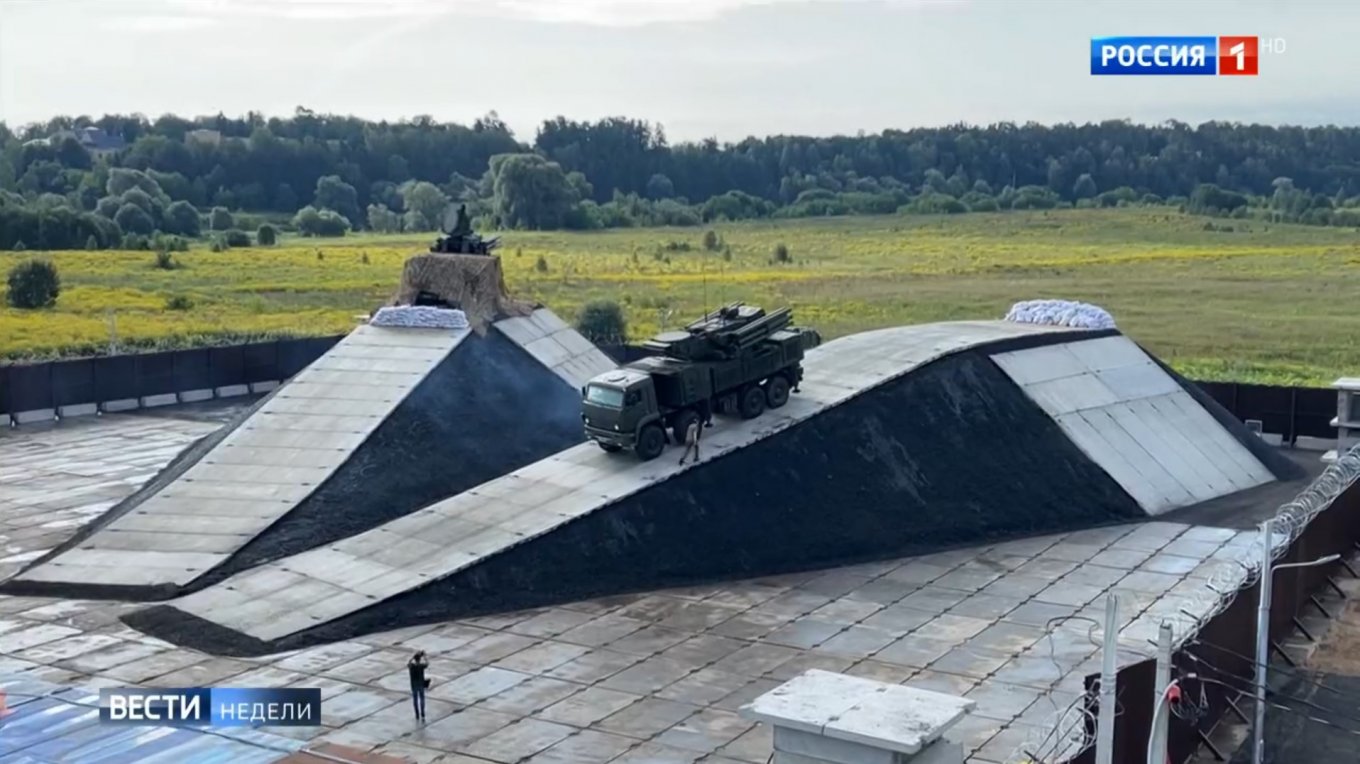
Since 2023, russia has transformed its capital into what some analysts call a "fortress city". The Kremlin has redeployed S-300 and S-400 missile systems to protect key districts, installed the Pantsir air defense guns on rooftops, including on the building of the Ministry of Defense, and constructed static defense towers resembling Germany’s WWII-era Flakturms. These fortifications reflect Moscow's growing anxiety over Ukraine's expanding strike capabilities.
Open-source intelligence experts have documented this militarization in detail. A mapping project by journalist Mark Krutov has visualized the locations of dozens of air defense sites across moscow and its surrounding region. The map highlights the presence of the Pantsir systems in various configurations, the Tor missile systems, including Arctic variants, and extensive S-300 and S-400 launch sites. It also reveals newly prepared positions, suggesting that russia continues to expand its capital's defensive network.
The russian government's enthusiasm for defending moscow has led to striking examples of prioritization. In one case, to build a new S-400 launch position near the settlement of Izmaylovskaya Paseka in early 2023, authorities reportedly demolished a large ornamental plant nursery to make space for the missile system. Such decisions underline how russia's leadership views the defense of moscow as a matter of utmost importance.
Beyond the capital, another heavily fortified area is vladimir putin's Valdai residence, one of the most protected sites in the country. OSINT researchers have identified at least 13 Flakturm-style defense towers and the S-400 air defense system guarding the compound. Additionally, the ROSC-1 radar station, designed specifically to detect small unmanned aerial vehicles, has been spotted nearby, providing early warning against potential drone attacks.
The concentration of advanced air defense assets around moscow and Valdai reflects a clear hierarchy in russia's threat perception: the regime is focused on shielding its leadership and political centers rather than ensuring equal protection across the country. Meanwhile, industrial regions and oil infrastructure remain highly vulnerable, as evidenced by Ukraine's continued success in striking deep inside russian territory.
Read more: Kremlin Pays for War with Territory: China and north Korea Advance Deep into russia's Far East — Ukraine's Foreign Intelligence




